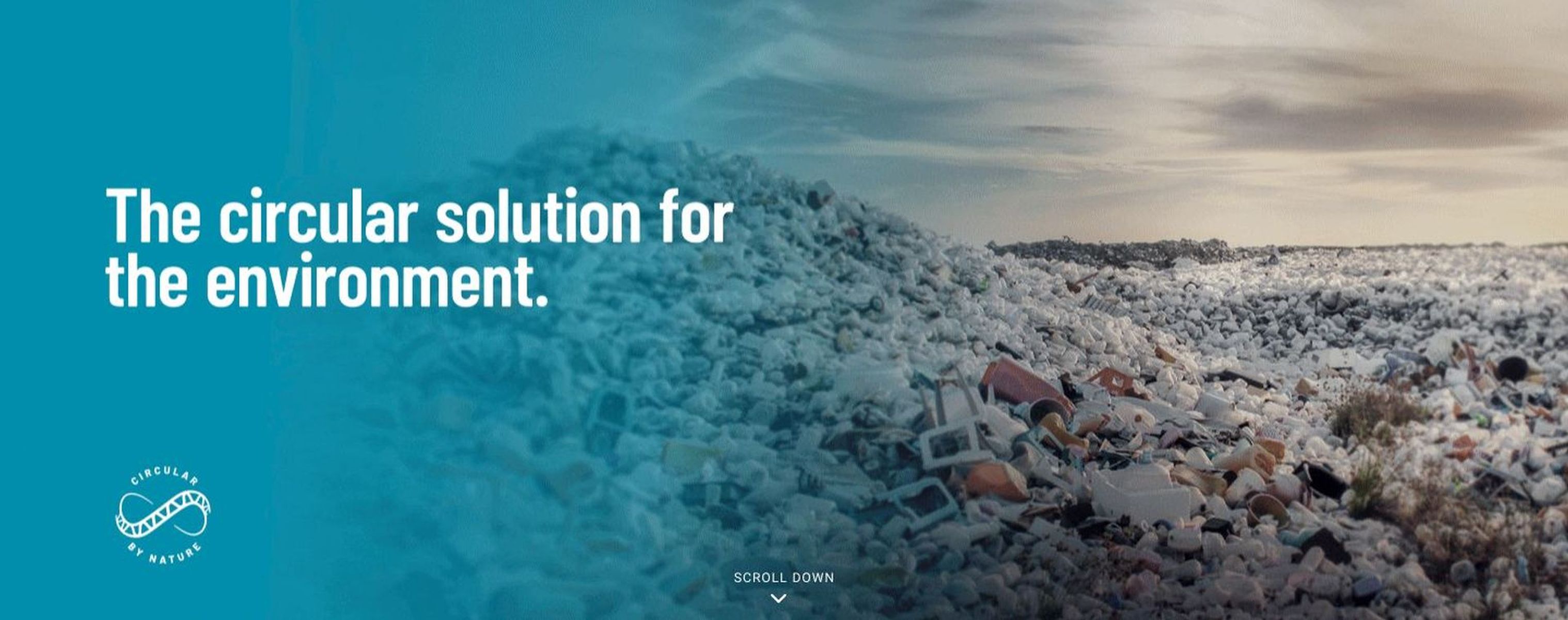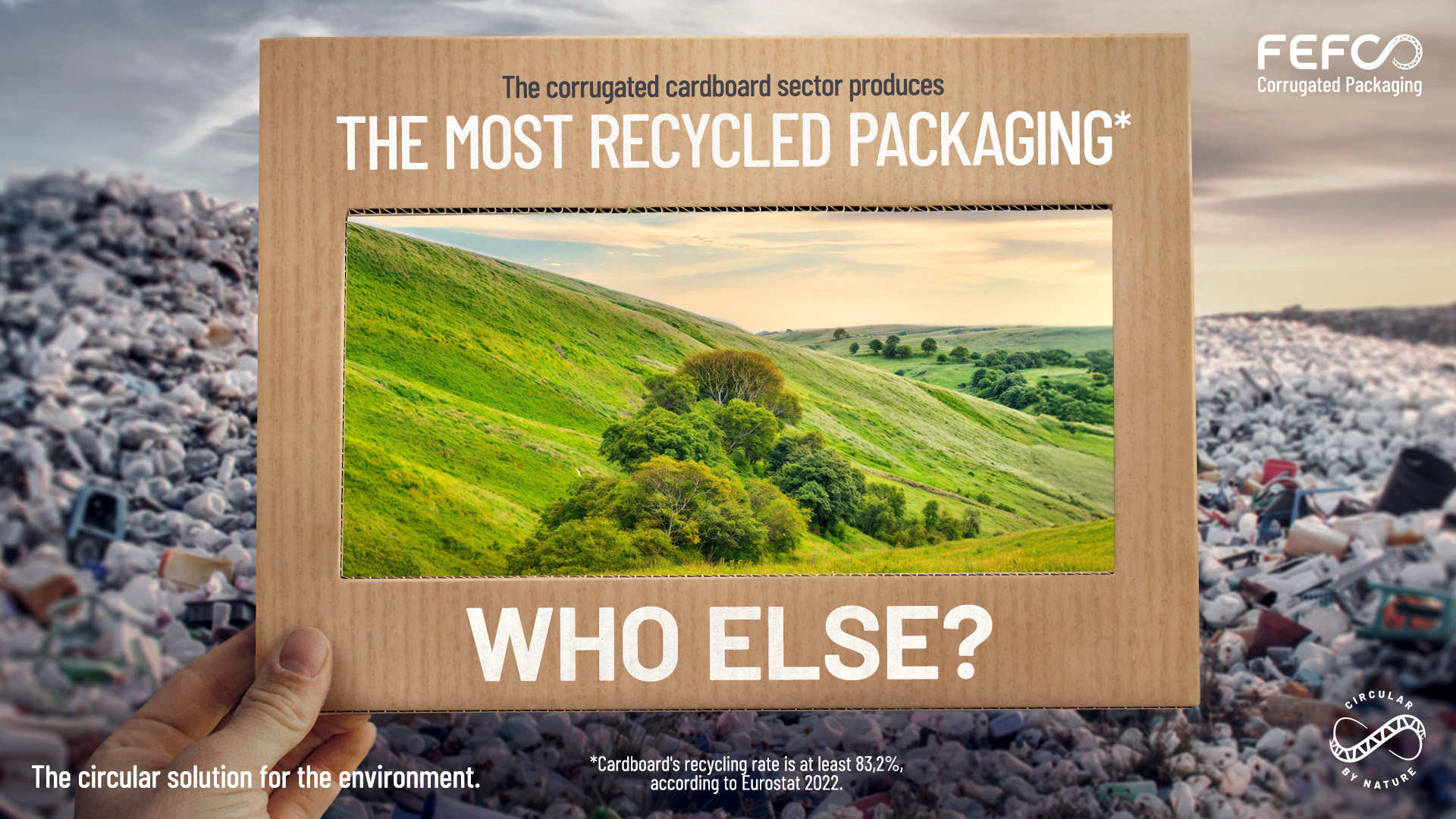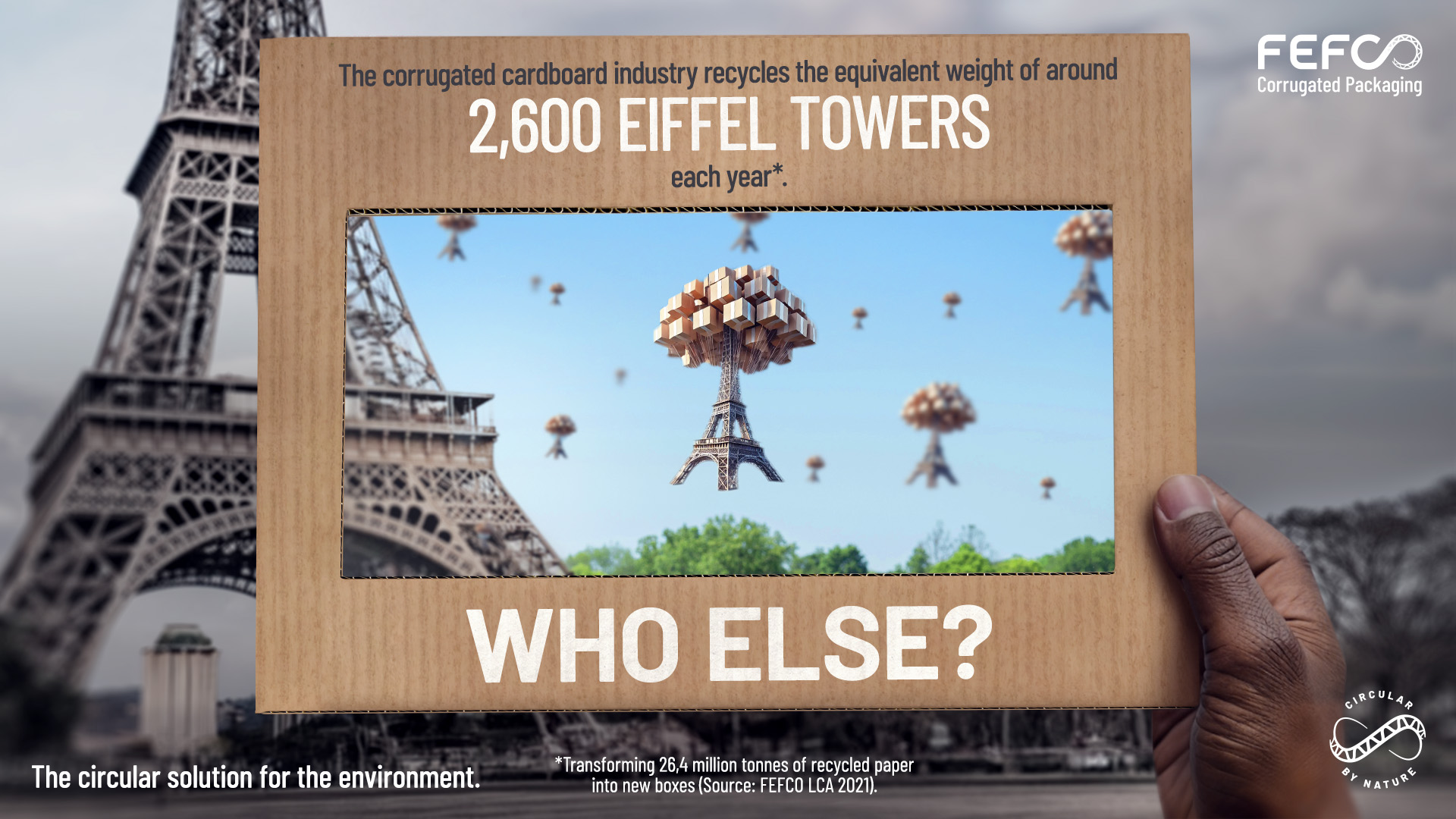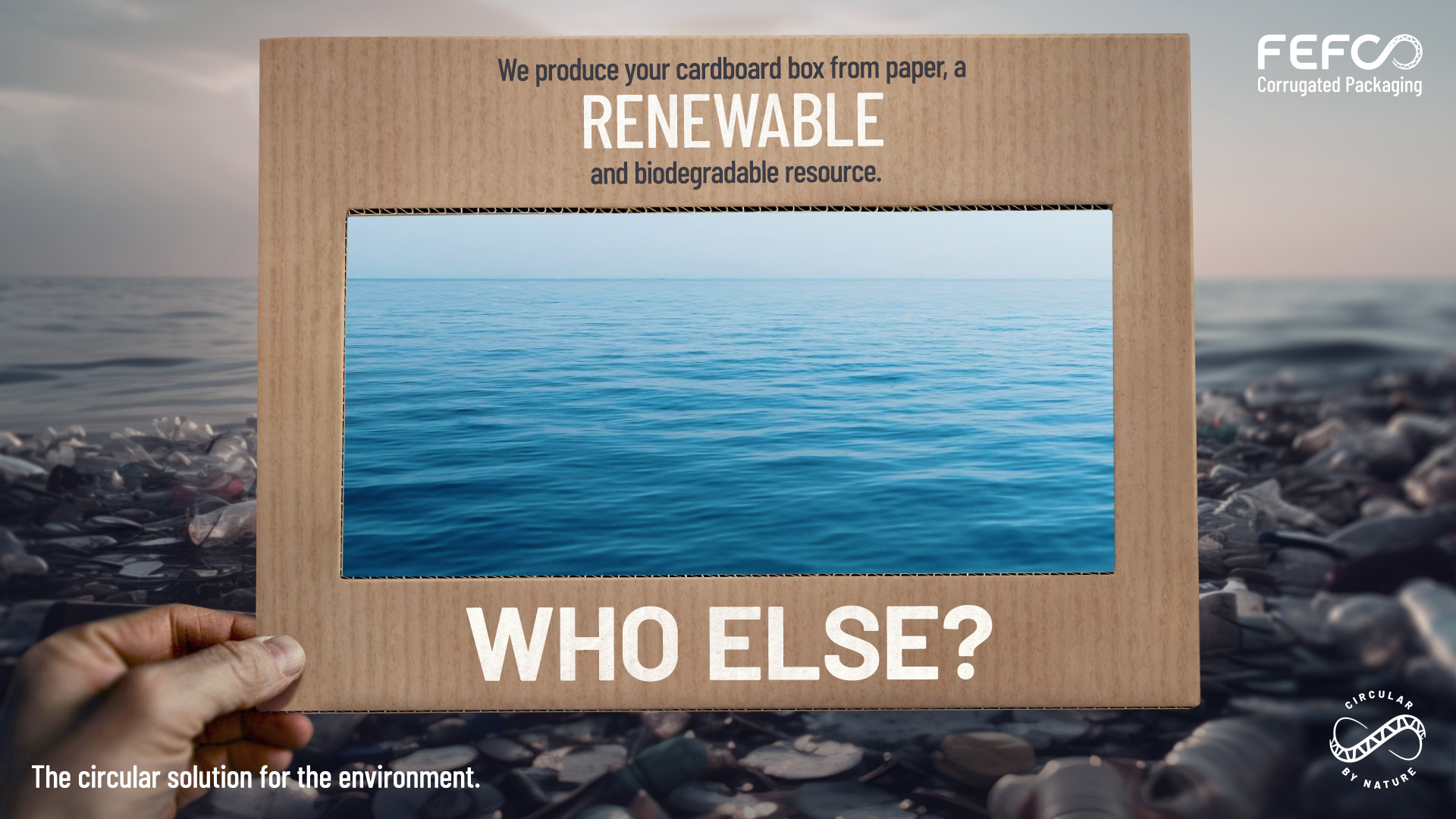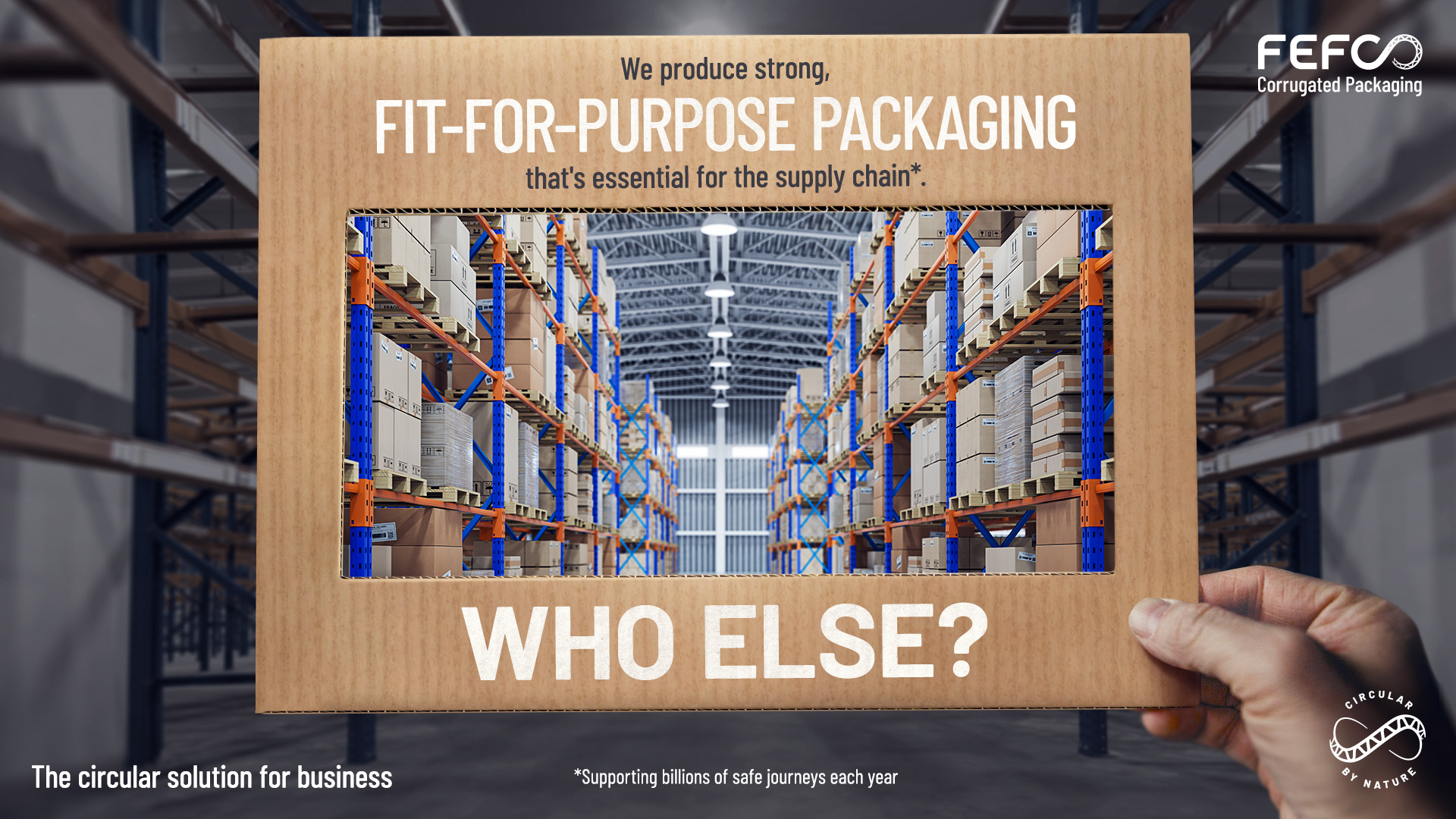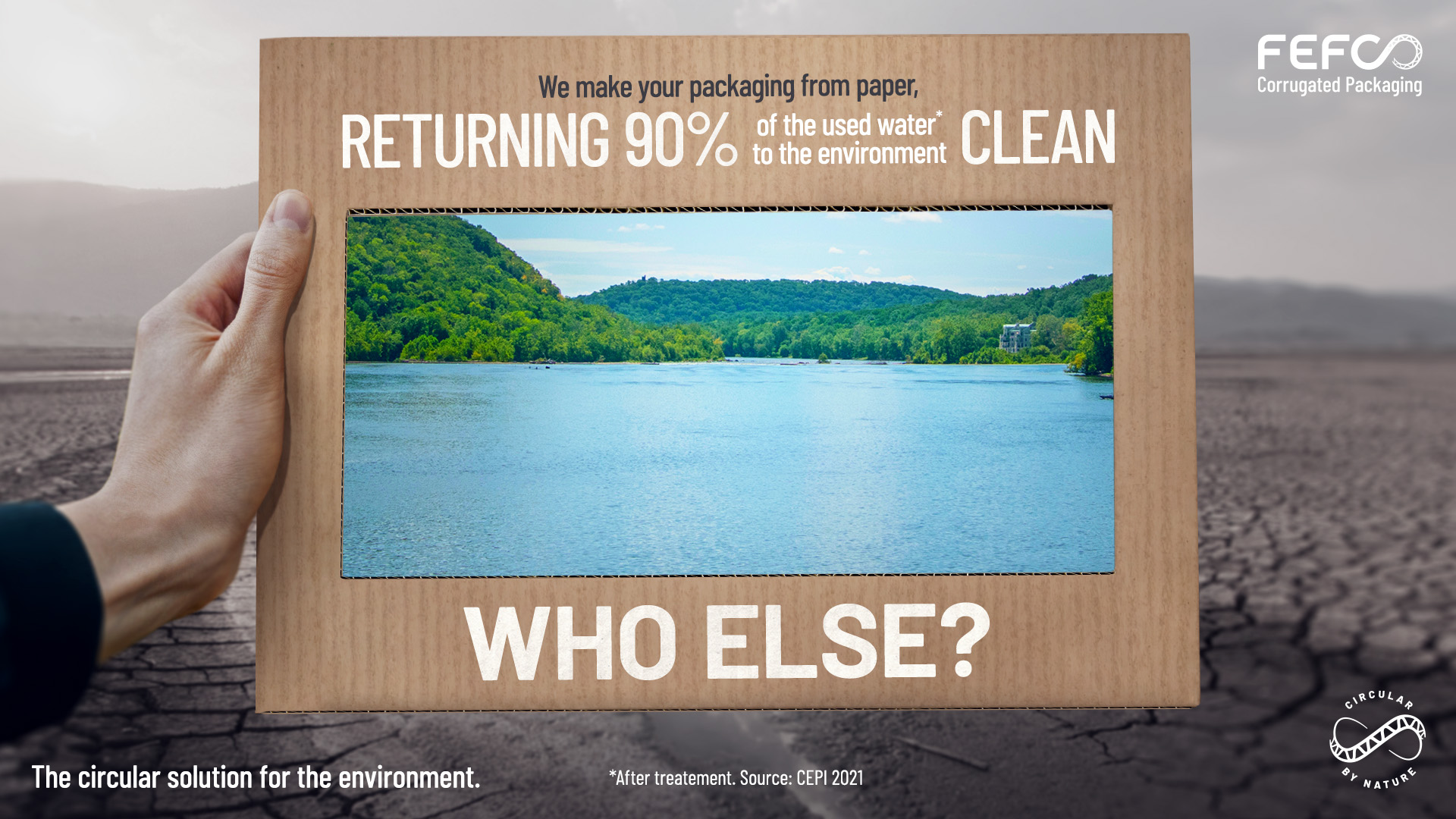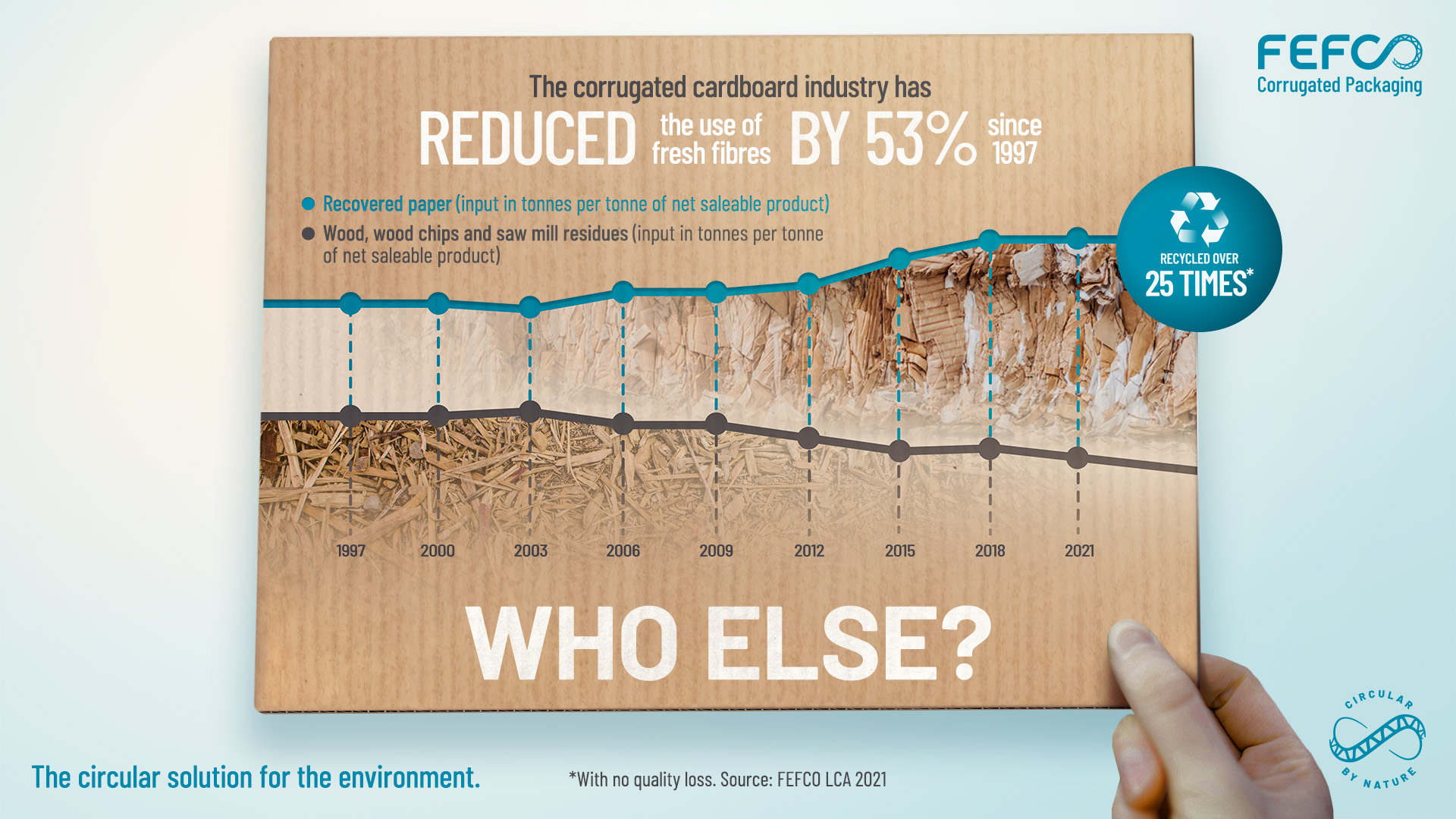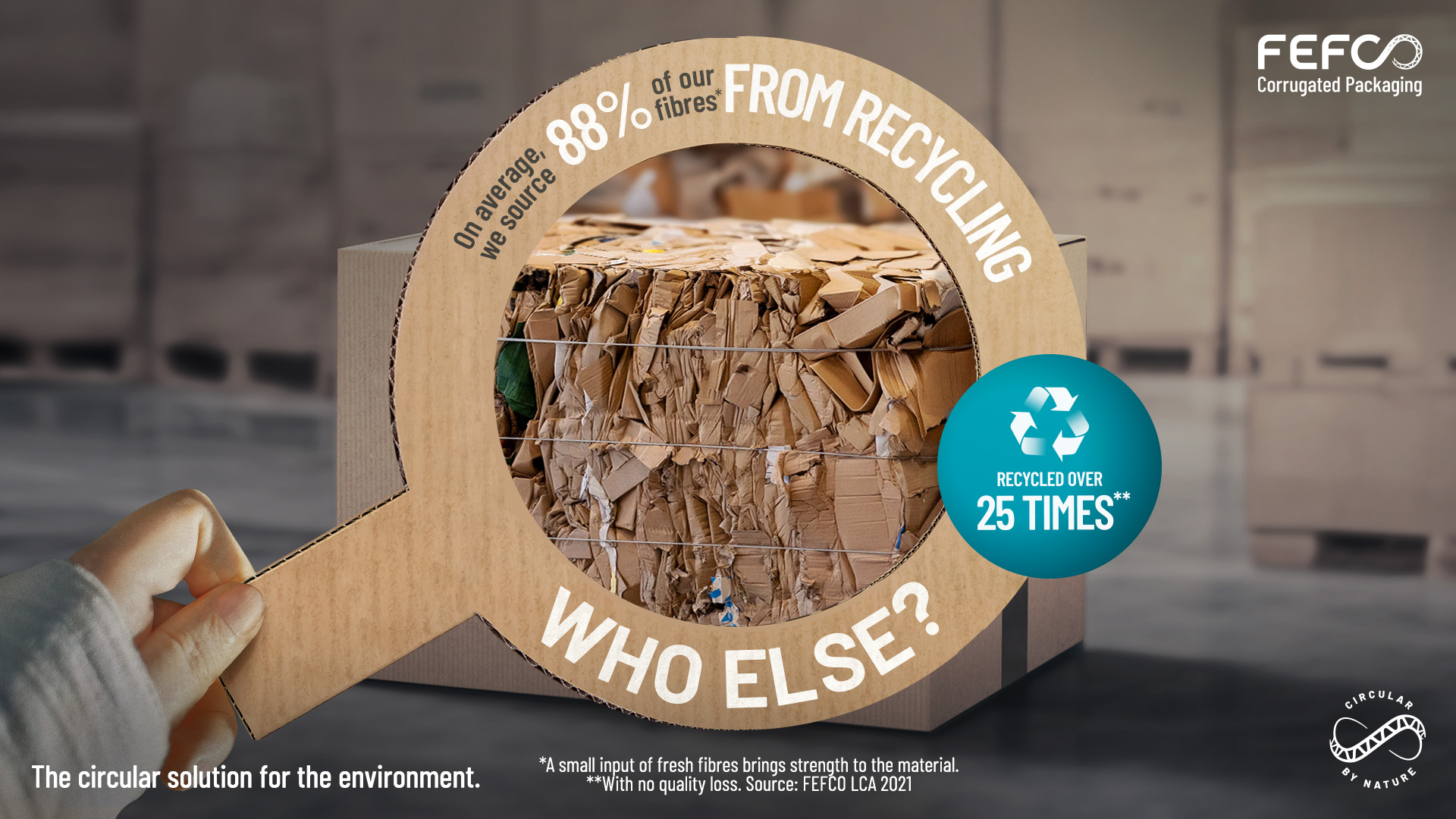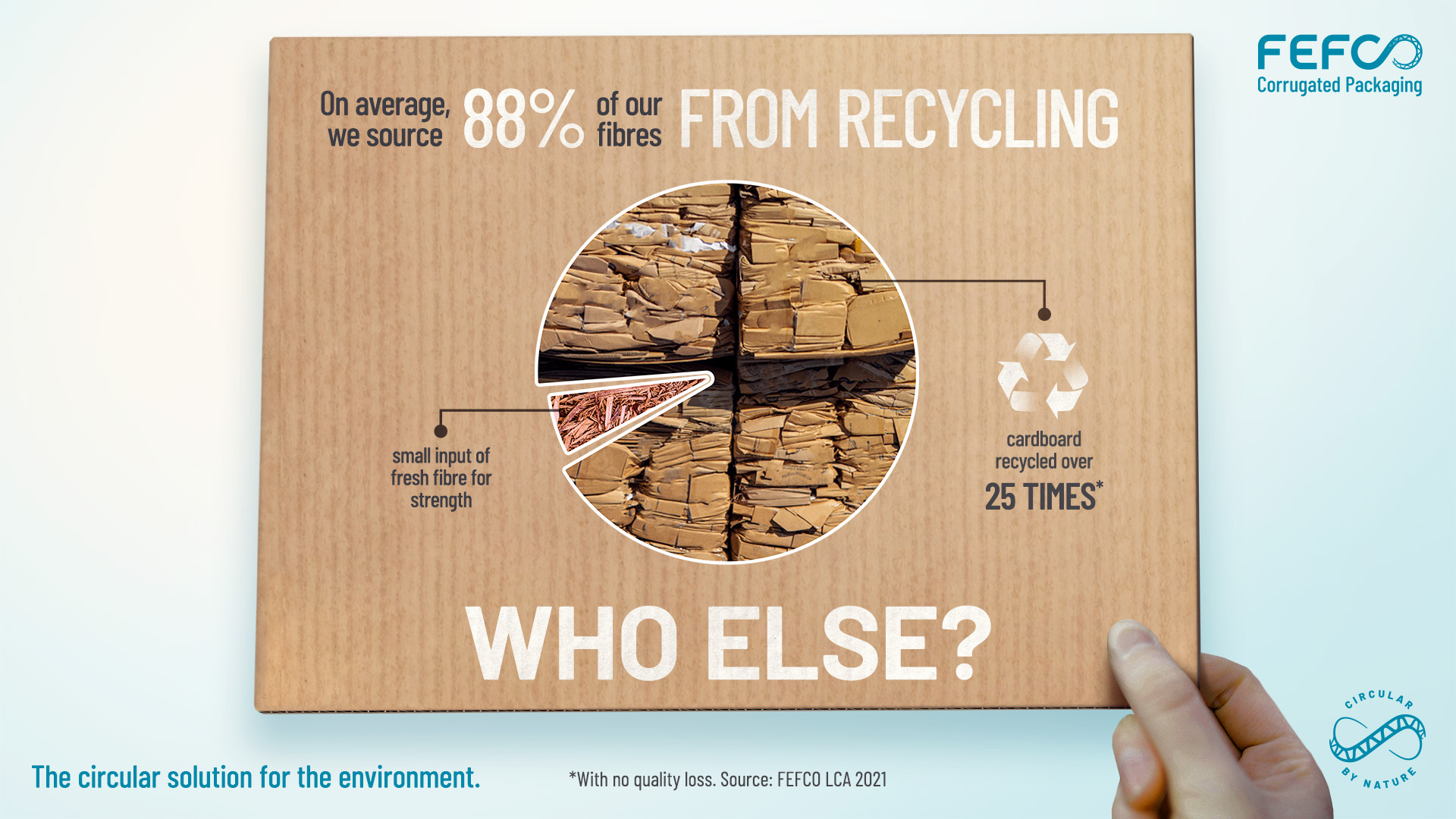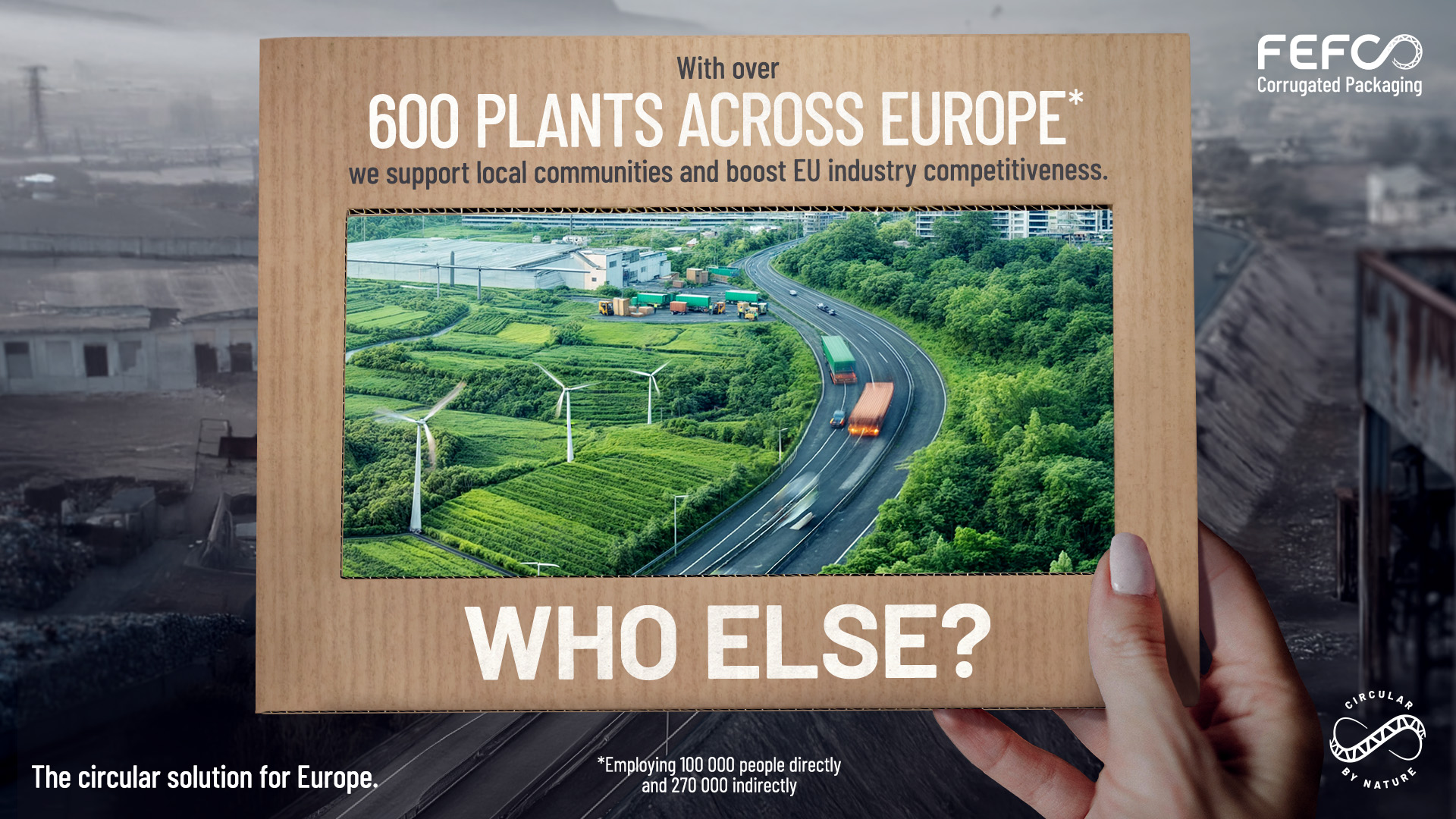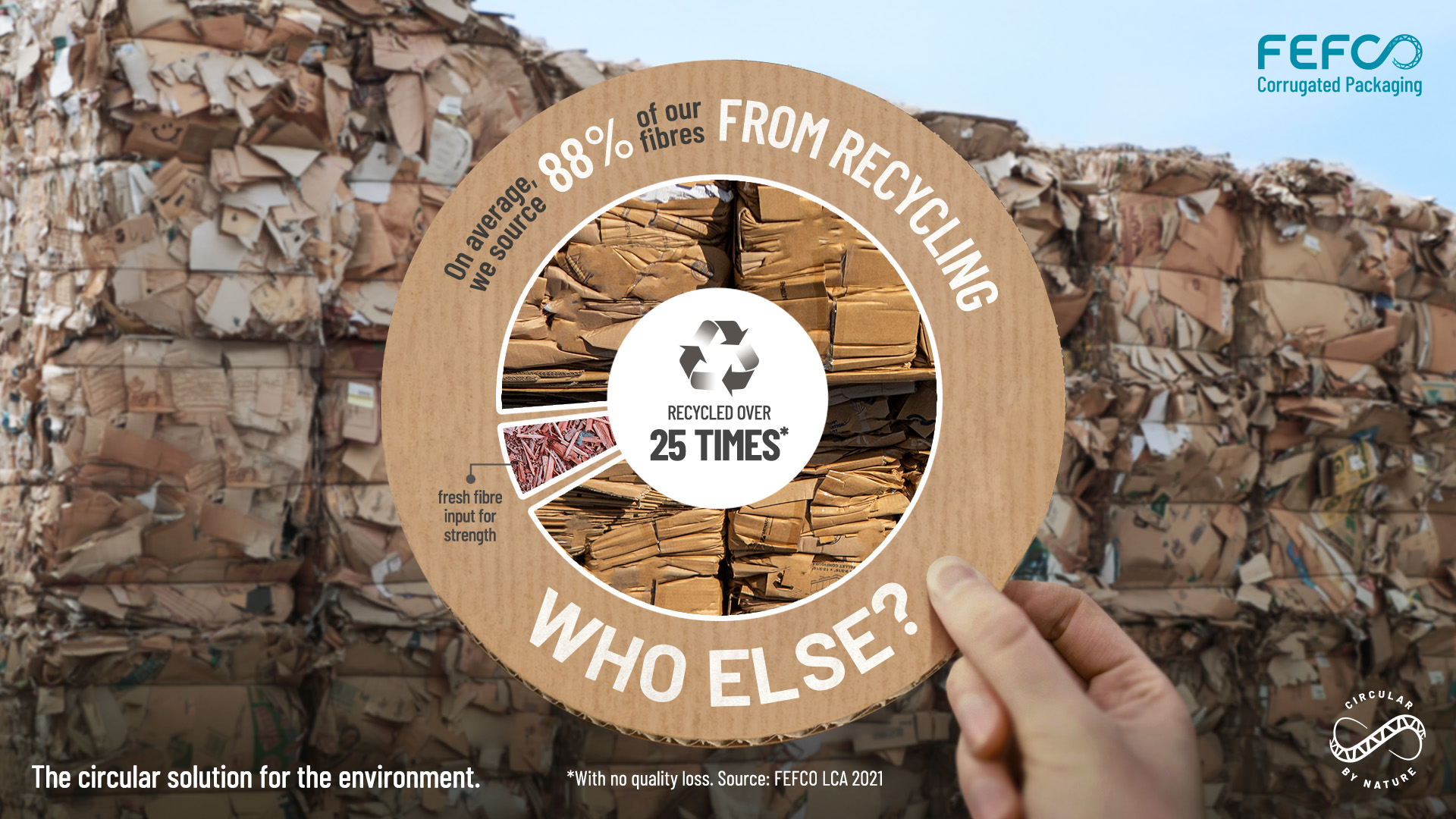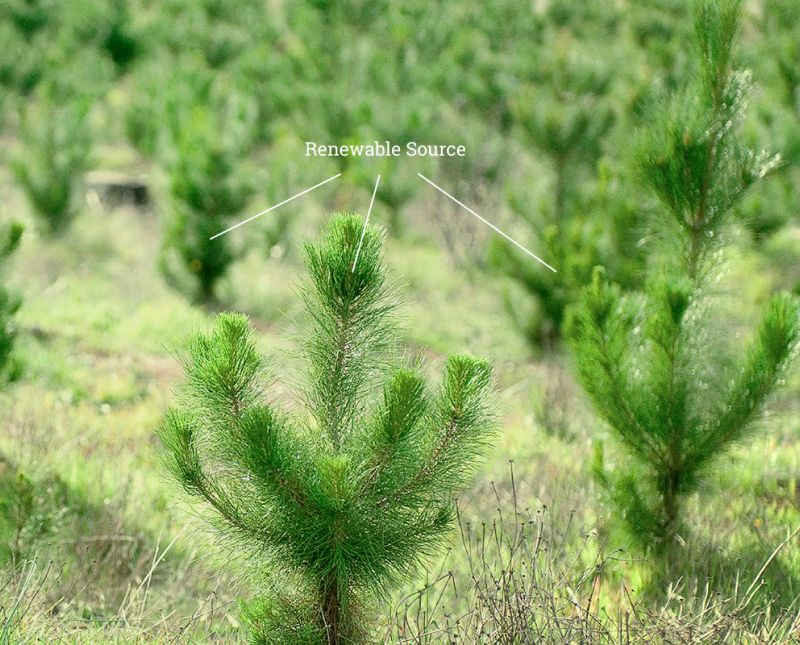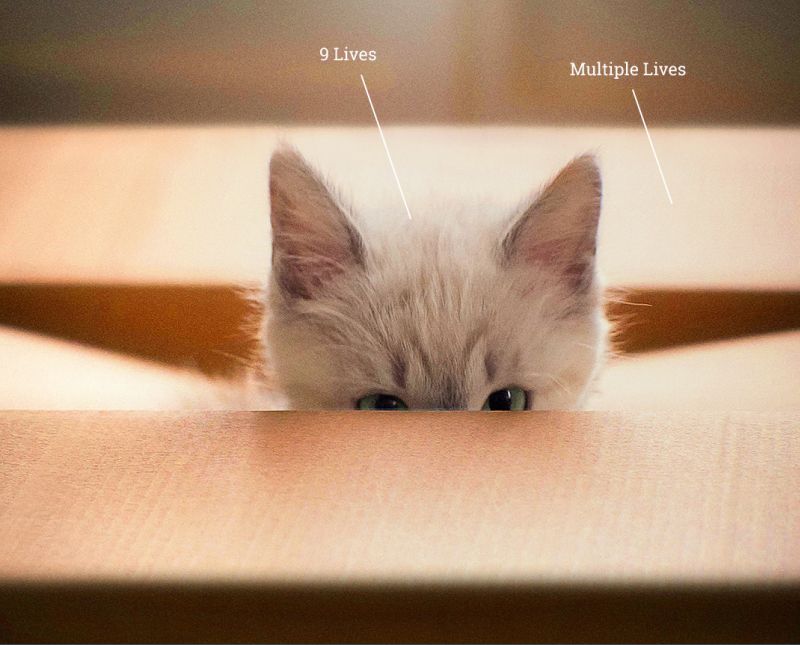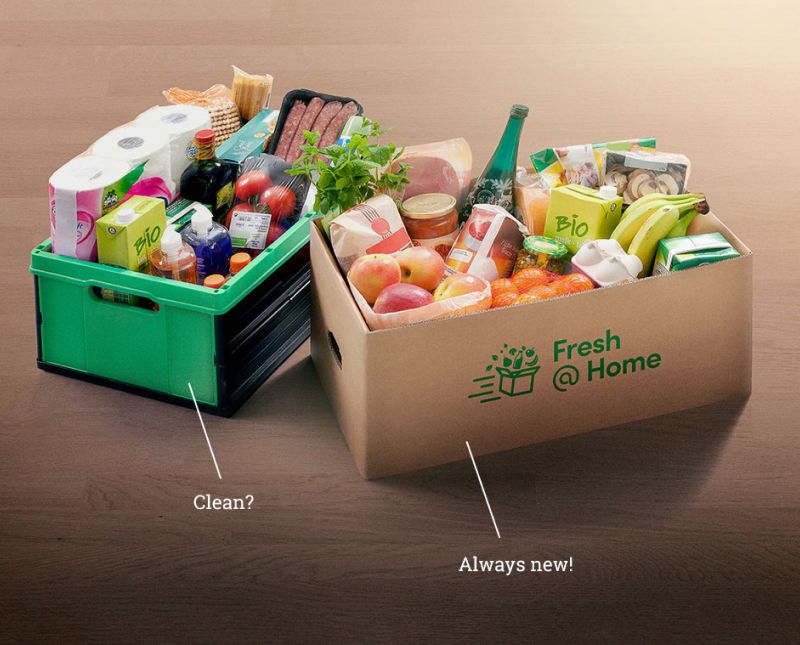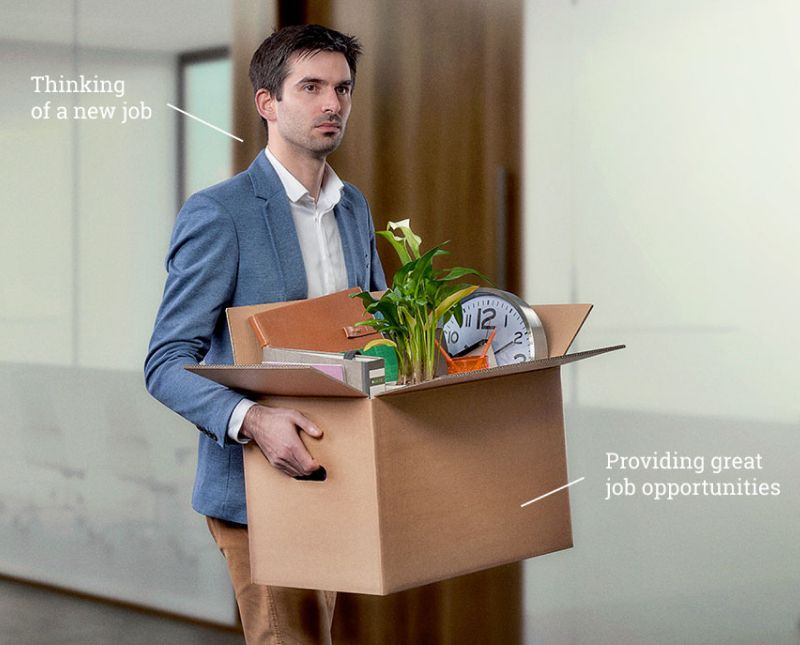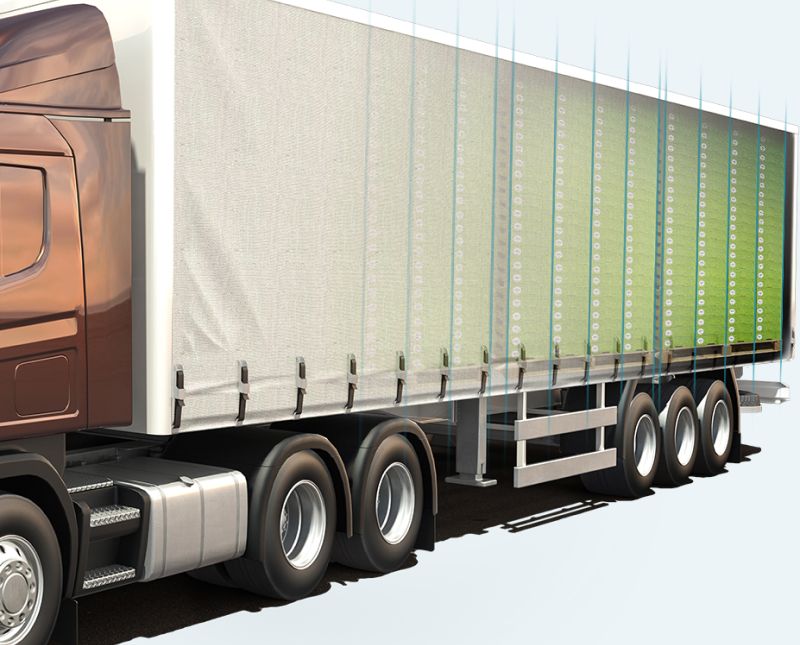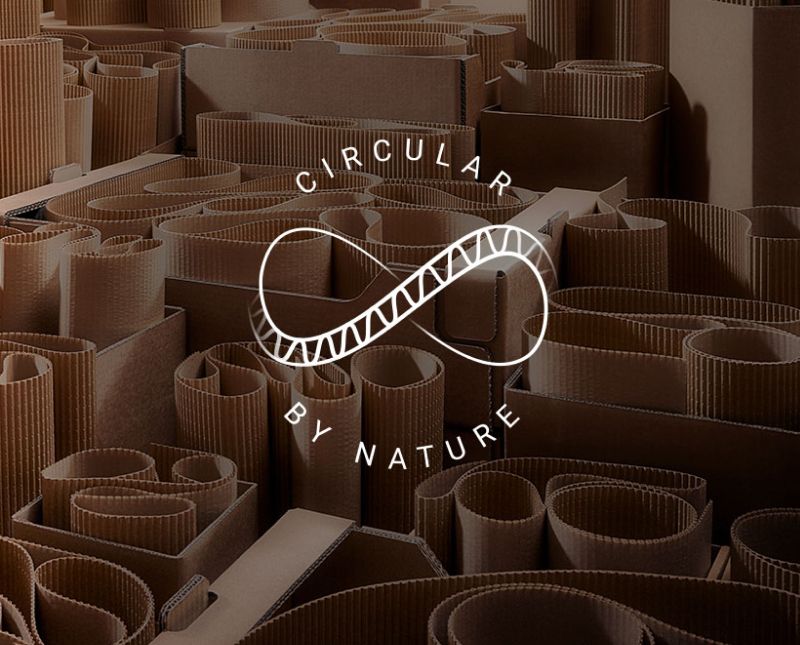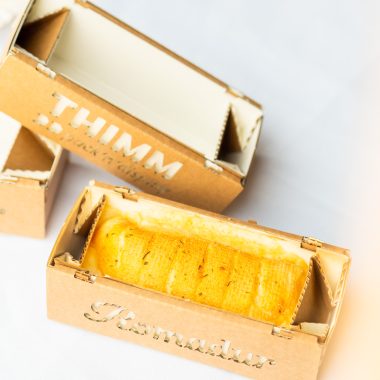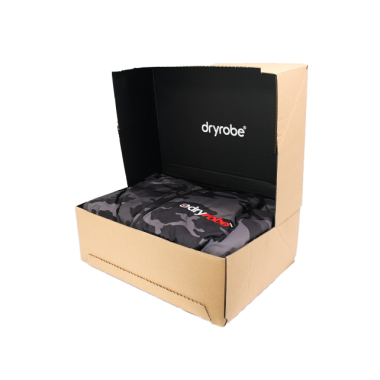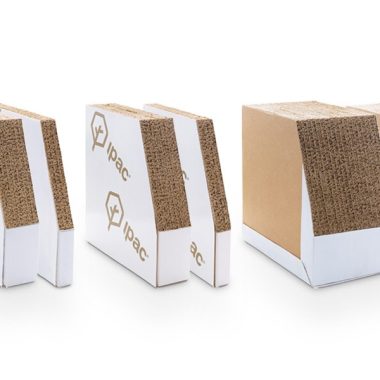Circular by nature, corrugated packaging is bio-based and provides a natural alternative to fossil-based products. It’s made almost entirely from natural materials: recycled and virgin fibres, along with natural starch-based glue. The fibres come from renewable sources, the sustainably managed forests (FSC and PEFC certifications), which is helping to preserve natural resources for current and future generations.
Learn moreCorrugated cardboard combines
efficiency and circularity.
It keeps valuable materials in the loop through recycling, enabling the Green Deal.
It underpins the supply chain by protecting billions of journeys around Europe each year.
The Circular Economy is business as usual for the Corrugated Packaging Industry. After all, today’s corrugated packaging is perfectly circular: it’s 100% recyclable, bio-based and biodegradable.
In fact, corrugated packaging is one of the most recycled paper products in practice today, with a well-established market for secondary raw materials. Efficient recycling processes allow fibres to be reused for new packaging.
Recycled paper provides 88% of the raw material for new corrugated boxes – ensuring the continuous life of the fibres while making a valuable contribution to our economy.
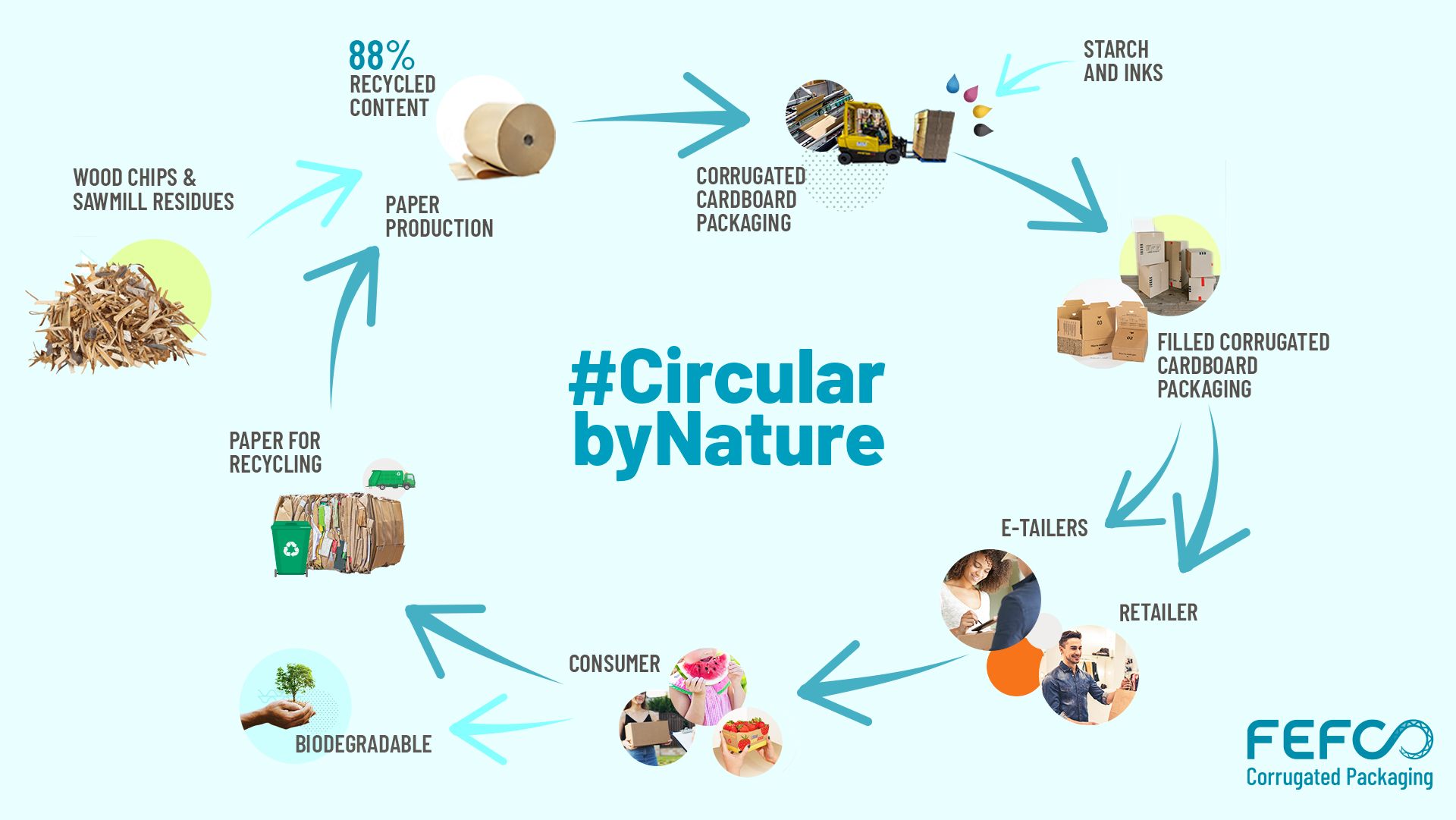
Key sources
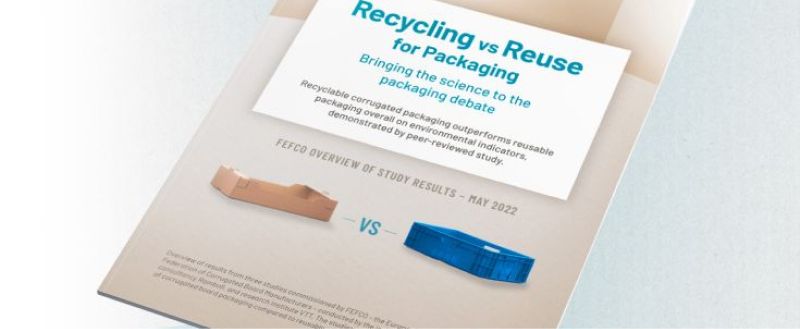
Recycling Vs Reuse
Recycling and reuse both have a role to play in packaging circularity and should be complementary.
Read more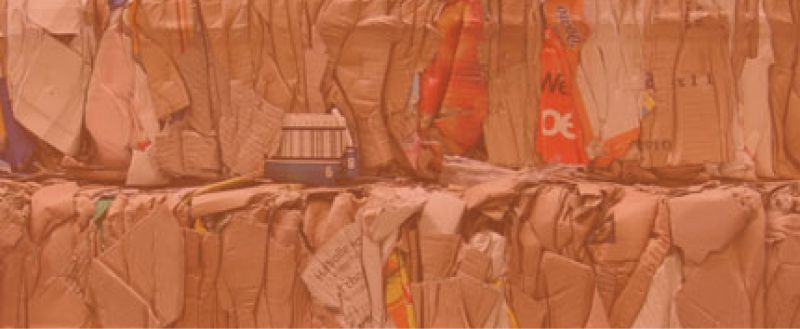
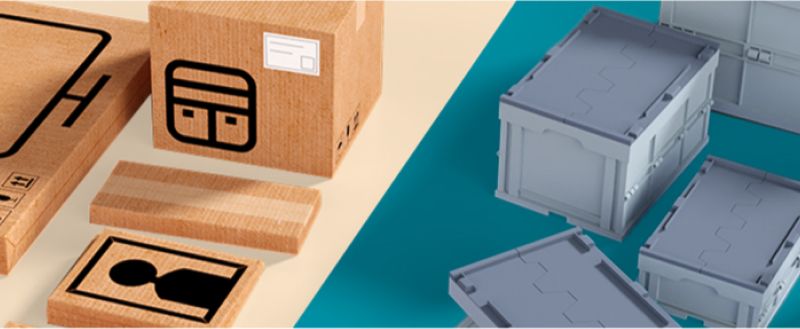
Supply chain case study analyses
Assessing impacts in the supply chain of substituting corrugated cardboard packaging with reusable alternatives.
Read more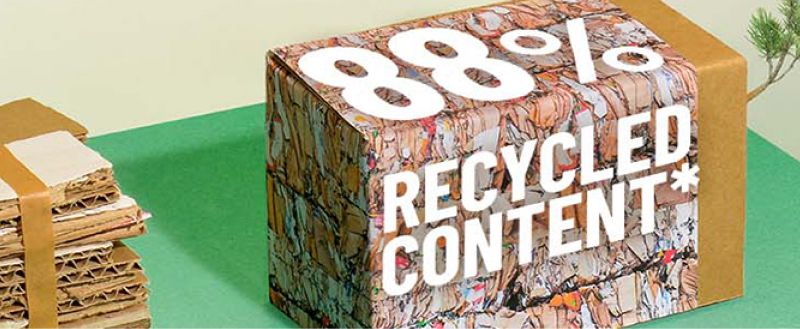
Reuse of fibres
According to The Myth of Limited Fibre Life Cycles, the fibres that make up cardboard can be recycled more than 25 times with no significant loss in quality.
Read moreBenefits of Corrugated
Bio-based and renewable:
Corrugated cardboard utilises mainly recycled fibres and for a small part by-products from the wood industry and/or virgin fibres from responsibly managed forests, therefore minimising the environmental impact on resources.
Easy to recycle:
We’re continuously increasing our use of recycled fibres, which now make up 88% of the raw material for new corrugated packaging.
Prevents food waste:
Production processes that kill microbes give corrugated packaging unique hygiene levels that prevent the cross-contamination and spoilage of fresh produce.
Adding value after use:
Today’s market for recycled paper as a secondary raw material provides value to every stakeholder across the supply chain.
Eco-design built in:
Corrugated packaging can be easily shaped for cost efficient logistics, storage handling and recycling – saving time, energy and money while preserving the environment.
The real Circular
Economy champion:
Recyclable, based on renewable sources and bio-degradable, corrugated packaging is circular by nature.
Explore more about
EU Policy and Climate Neutrality
Explore PPWR COMMUNICATIONS MATERIALSWHO ELSE
wants to join the conversation?
Use the hashtag #CircularByNature

